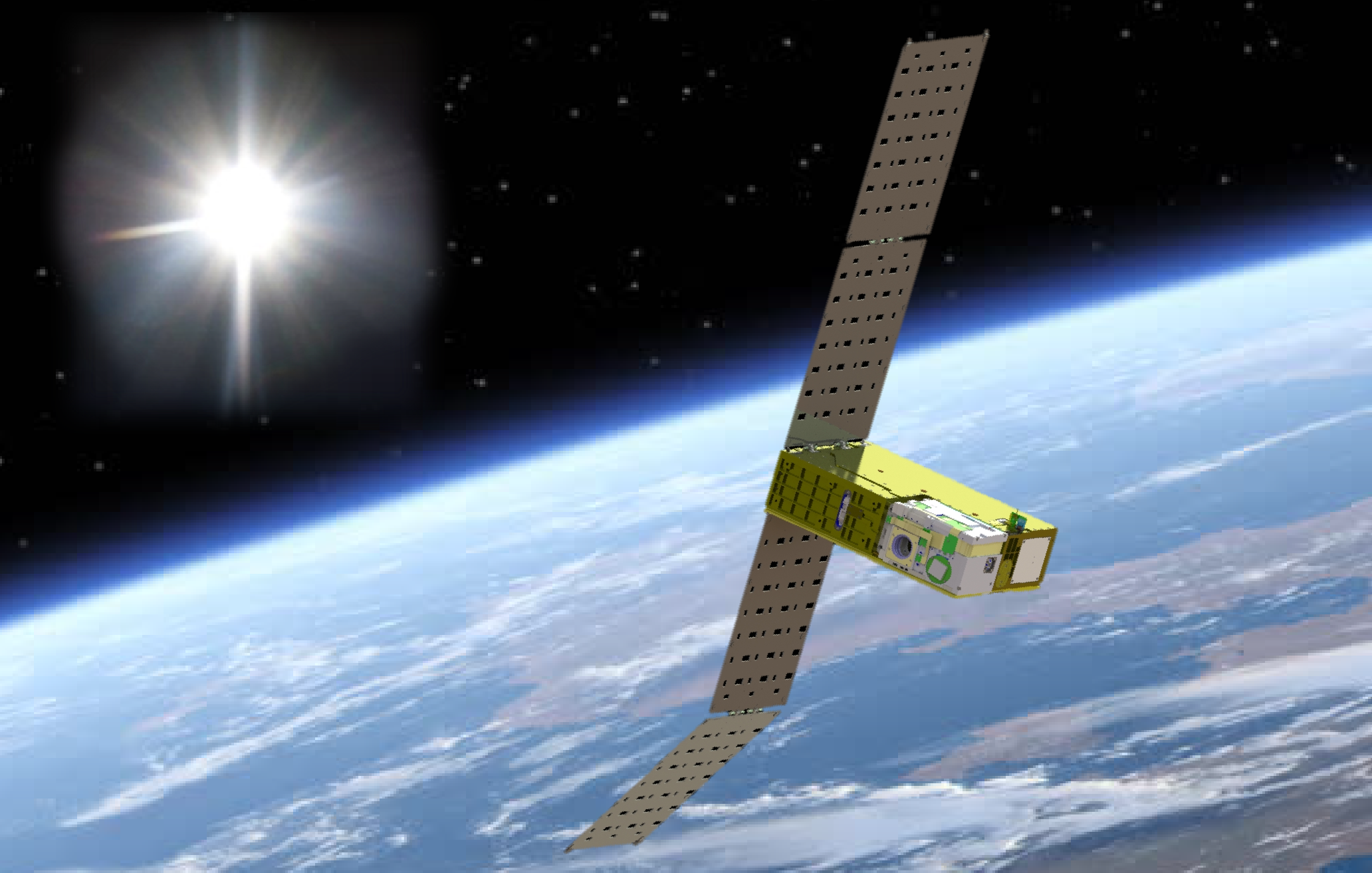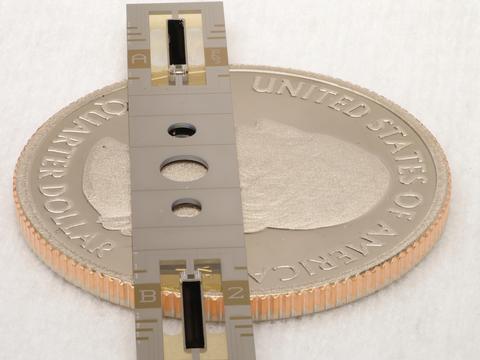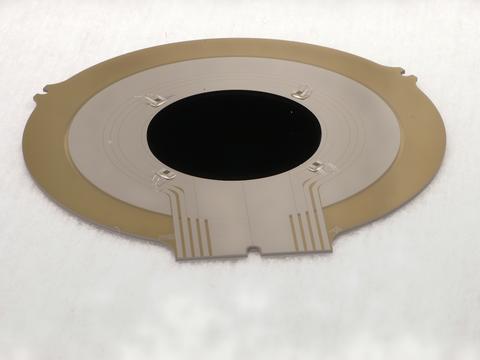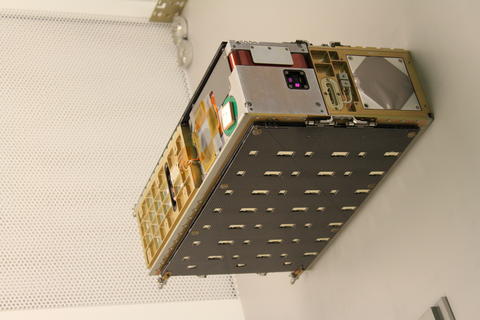Compact Spectral Irradiance Monitor

Instrument Details
Location
Low Earth orbit (LEO), 575 kilometers above the Earth’s surface
Purpose
The Compact Spectral Irradiance Monitor (CSIM) — a small instrument squeezed into a “CubeSat” the size of a shoebox, at a fraction of the usual cost and potentially offering greater accuracy — measures solar spectral irradiance, the distribution of solar energy input across a specific wavelength range, providing insight into how the Earth’s atmosphere responds to changes in solar output. CSIM was launched in December 2018. A successor instrument, the Compact Total Irradiance Monitor (CTIM), is scheduled for launch in late 2022.
NIST’s role
A novel “NIST on a chip” detector provides periodic on-board calibrations for the CSIM. The NIST chips are radiometers, which measure light intensity, and they are smaller, faster, cheaper and equally if not more accurate than their predecessors. The chips consist of carbon nanotubes and metals patterned on silicon wafers. The chips were made under an agreement between NIST and the Laboratory for Atmospheric and Space Physics, which built the CSIM with support from NASA. NIST also designed and built a detector for CTIM.
Significant discoveries
CSIM obtained “first light” results across its full scanning range with impressive accuracy. It is currently operational and measures daily top-of-the-atmosphere solar spectral irradiance. The CSIM mission has been highly successful in demonstrating new technologies.
Other interesting facts
Carbon nanotubes, the darkest material on Earth, efficiently absorb nearly all light across a broad span of wavelengths.
Collaborators
The Laboratory for Atmospheric and Space Physics at the University of Colorado Boulder
Media




